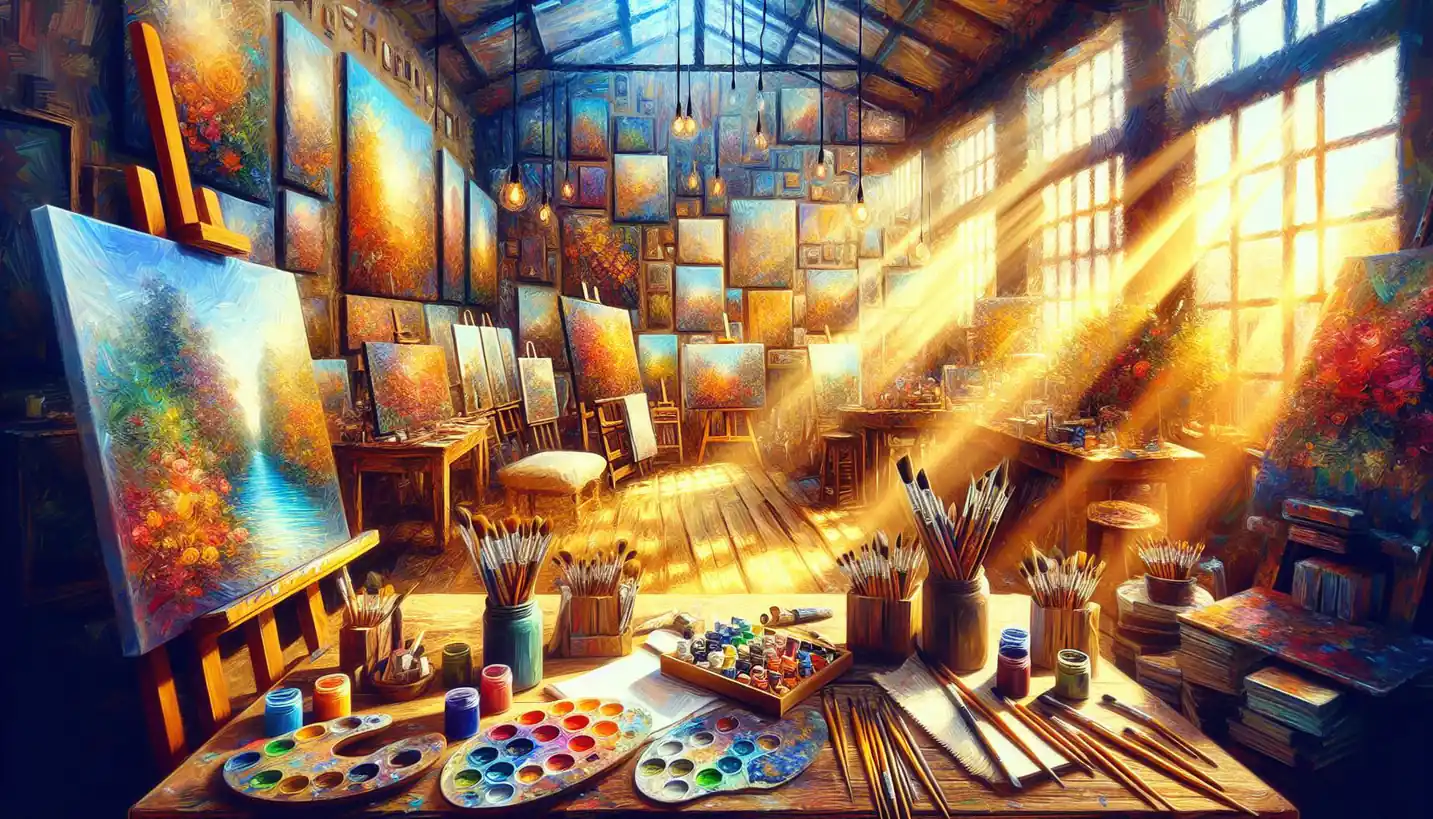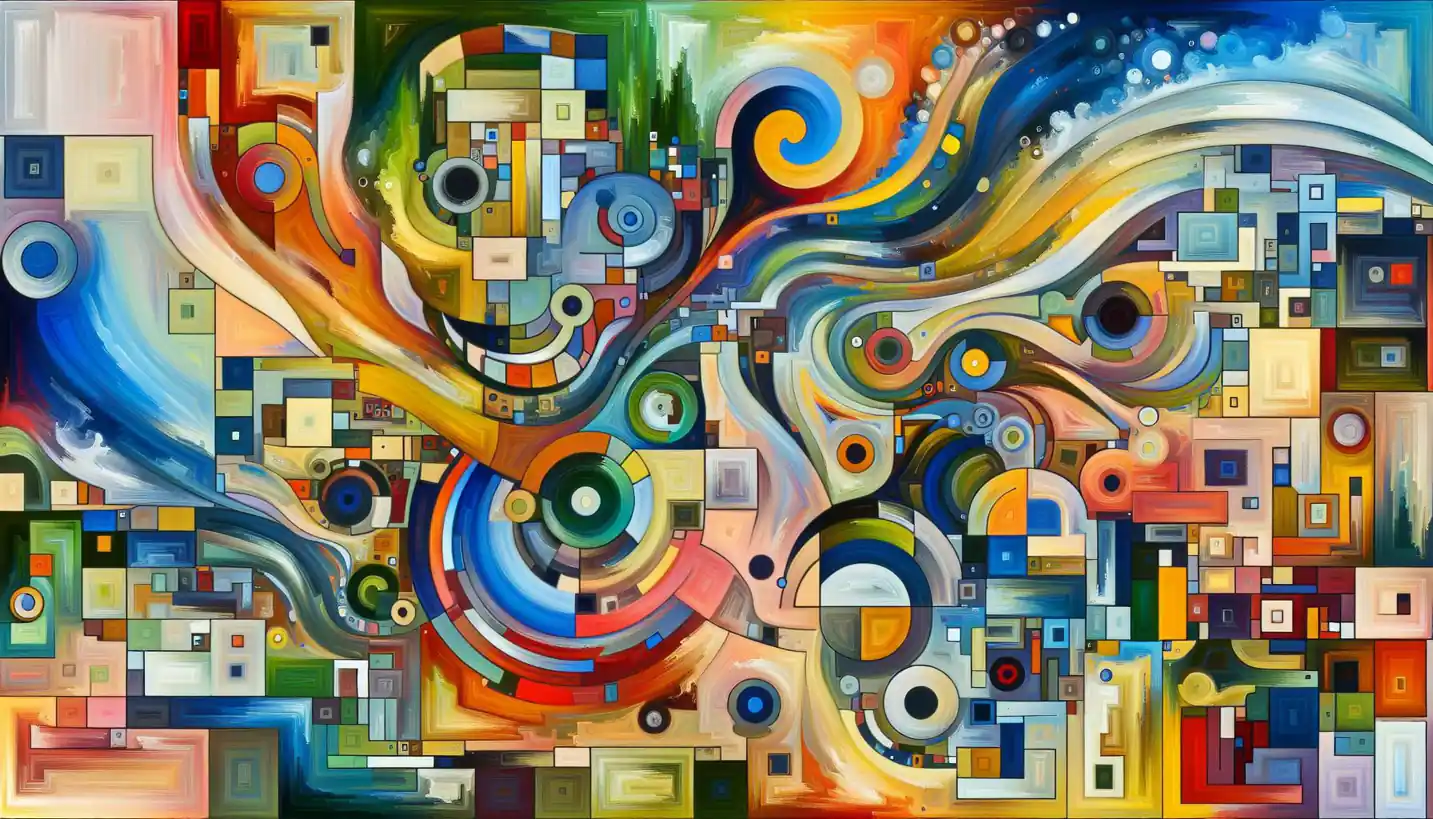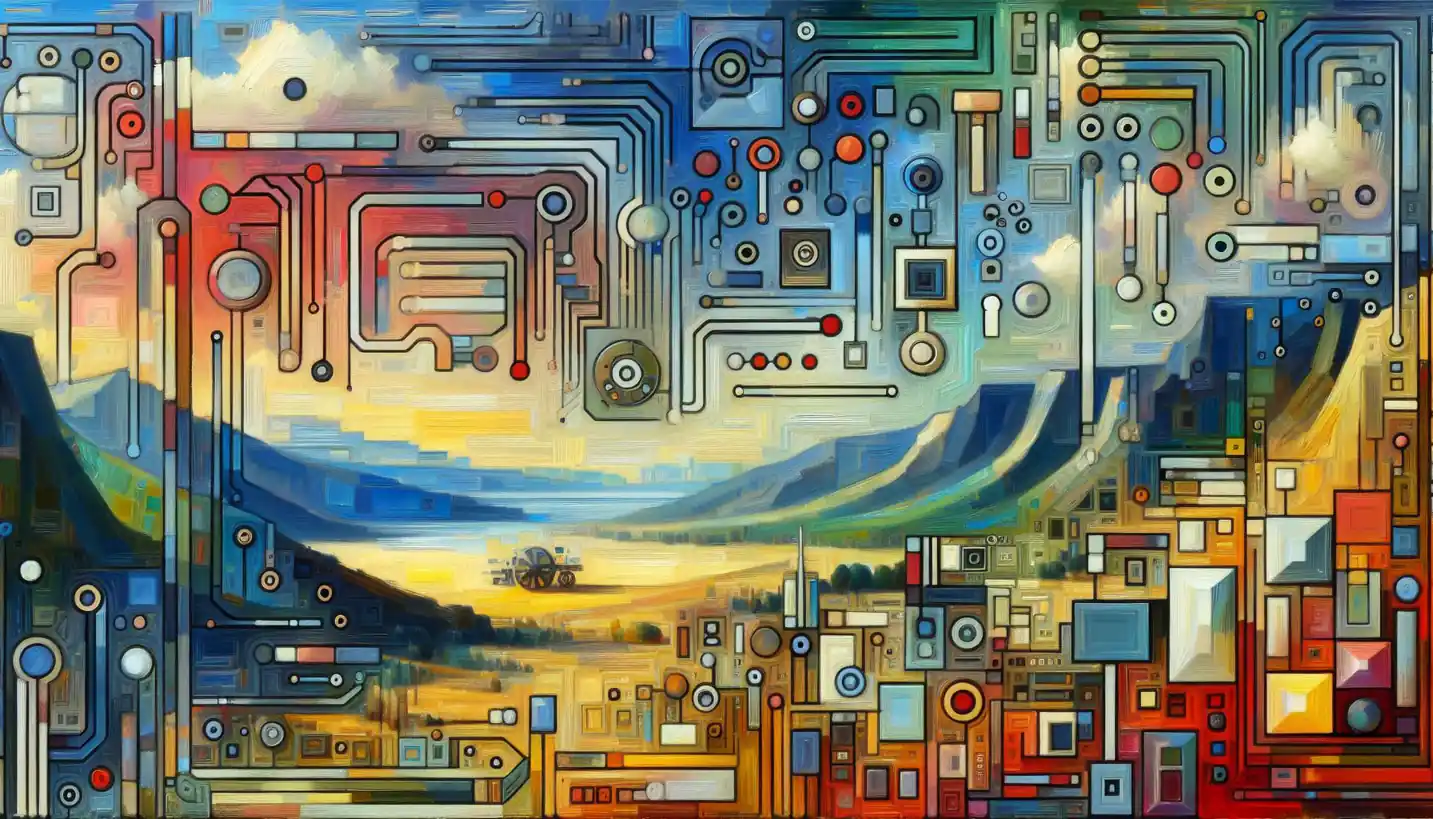· Art · 4 min read
Bokeh: The Magic Behind Beautiful Blurred Backgrounds
Bokeh creates enchanting blurred backgrounds in photos. Dive into how this technique adds a dreamy quality to portraits and landscapes.

Bokeh is a term that often pops up in photography conversations. But what exactly is it? Think of those dreamy pictures where the subject is sharply in focus, but the background is a gorgeous blur. That’s bokeh at work. It’s all about creating a visually pleasing effect by playing with the parts of an image that aren’t the main focus.
The word “bokeh” comes from the Japanese word “boke,” meaning blur or haze. In photography, it refers to the quality of out-of-focus areas. Good bokeh enhances images, making them more engaging by separating the subject from its background.
The Science of Bokeh
Bokeh might seem like magic, but there’s some physics behind it. It’s connected to how lenses work. When we take a photo, the lens gathers and bends light to form an image. Parts of the image that aren’t in focus appear as light shapes. The look of these shapes, whether hard-edged or soft and creamy, is what we call bokeh.
How Lenses Affect Bokeh
Not all bokeh is created equal, and lenses play a crucial role. Different lenses have different apertures, which are like the pupils of our eyes widening or narrowing. The shape and size of the aperture affect the bokeh. A lens with a wide aperture lets in more light and usually produces a smoother bokeh. Photographers often favor lenses with special diaphragm blades that create more circular bokeh with creamy edges.
Using Bokeh in Photography
So, how do photographers use bokeh? Mainly, it’s about making the subject stand out. Imagine a portrait where the person is crystal clear, but the background is softly blurred. This technique draws attention to the subject, making the overall image more impactful.
Portraits and Bokeh
Portrait photography often makes the best use of bokeh. By blurring the background, photographers can keep the viewer’s focus on the subject’s expression, eyes, or face. It also helps to reduce distractions, letting the story of the image come through more clearly.
Nature and Bokeh
In nature photography, bokeh can add an artistic element. Picture a delicate flower sharply in focus against a backdrop of circles of light. This effect can evoke mood and emotion, adding depth to photos of flora and fauna.
Bokeh Shapes and Styles
Bokeh isn’t just a simple blur. It can take on the shape of the lens’s aperture. Some lenses produce bokeh that looks like little circles, while others might create hexagons. Photographers sometimes use special filters to shape the bokeh into stars or hearts for creative effects.
Exploring Artistic Bokeh
Artistic bokeh has become a style in itself. Photographers experiment by using different lens types and settings to achieve intriguing backgrounds. The play between light and out-of-focus shapes can turn a simple photo into a piece of art.
The Emotional Impact of Bokeh
Bokeh doesn’t just enhance the aesthetic appeal; it can also touch emotions. A softly blurred background can evoke feelings of nostalgia, romance, or warmth. The smooth transition from sharp focus to soft blur can mimic how we perceive our surroundings, drawing parallels with memory and emotion.
Creating Bokeh: Tips for Beginners
If you’re new to photography and want to create beautiful bokeh, here are some tips:
Use a Fast Lens: A lens with a wide aperture (like f/1.8 or f/2.8) will give you a great start. The wider the aperture, the more pronounced the bokeh.
Get Close: The closer you are to your subject, the more blurred the background can become. This also helps to make the subject stand out more.
Background Matters: Pick a background with lights or colors that will look interesting when blurred. Think about shooting through foliage or lights in the distance.
Check Your Distance: Make sure there’s enough distance between your subject and the background for a nice bokeh effect.
Why Bokeh Matters in Art and Photography
Bokeh plays a vital role in art and photography by adding depth and interest. It turns what could be a flat image into something dynamic and engaging. It allows photographers to inject creativity into their work, leading to unique and mesmerizing results.
Future of Bokeh in Photography
With advancements in photography gear, bokeh continues to evolve. New lenses are being designed to produce different bokeh effects, giving photographers more creative tools. As software becomes more advanced, digital manipulation opens doors that allow photographers to mimic bokeh-like effects, even from smartphone cameras.
In the world of photography, bokeh isn’t just a background blur. It’s a powerful tool that can transform an image, evoking emotion, and showcasing creativity. Whether you’re a seasoned pro or just starting, exploring bokeh can open up new avenues to elevate your photography.


